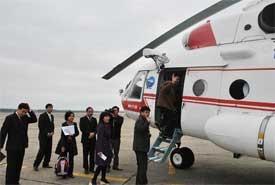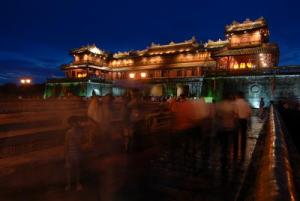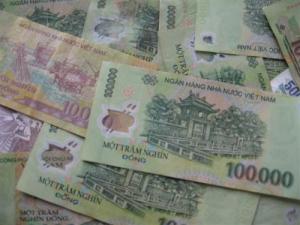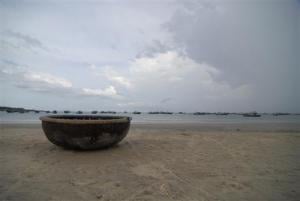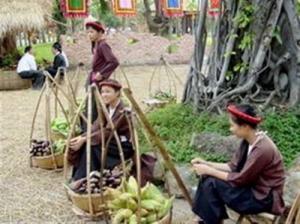The Thang Long Imperial Citadel becomes UNESCO’s World Heritage
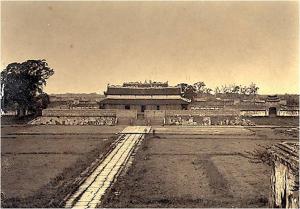
On August 1, 2010, the 34th meeting of World Heritage Committee in Brasilia agreed to inscribe the central sector of the Imperial Citadel of Thang Long – Ha noi as the 900th site of UNESCO’s World Heritage List. The approval carries a great significance to the site prior to the great anniversary of 1000th Thang Long – Ha noi takes place in October this year. The central sector of the Imperial Citadel of Thang Long – Ha noi is a united heritage comprises of an area of more than 47,000 square meters of Archaeological Site locates at 18 Hoang Dieu and more than 138,000 square meters of the Imperial Citadel buildings.
The recognition of World Heritage Committee on the royal citadel follows its cultural heritage complexity over three outstanding characteristics: the variety of relics remain at the site, the length of citadel’s cultural history and its continuity as a power center. Relics found in the citadel’s center and artifacts excavated beneath the surface show evidences of a lengthy cultural exchange and an influence coming from external culture to create a unique political, economic and cultural center for a nation situates at lower Red River Valley. This results in the construction’s greatness of landscapes, royal palaces, showcases of architectures and royal decorative arts which reflect the diversity of cultural development throughout historic periods. Built in the 11th century by the Ly Viet Dynasty, the Imperial Citadel presents the unique evidence of a lengthy historical culture of Vietnamese resides at Red River Delta for almost 13 centuries without interruption until today. Its likeliness is rarely found across the globe because the Thang Long Imperial city perfectly represents a significant continuity of its political and cultural development in the region.
The site delivers a proof of heritage involves in a variety of great events happen during a long history of a Southeast Asia nation in a relation with surrounding regions and the world. It convinces a vitality and renaissance of a nation after ten centuries of domination. The listing of the central sector of the Imperial Citadel of Thang Long – ${bigcity_Hanoi:"Hanoi"}, a centerpiece of 1000th celebration of the ancient capital, on UNESCO’s World Heritage prides people across the country for the great history of national cultural heritage. The recognition brings a great significance to the Site since Thang Long is a symbol of the country. It promotes tourism and economic development in line with preservation and upholding value of national heritage.




